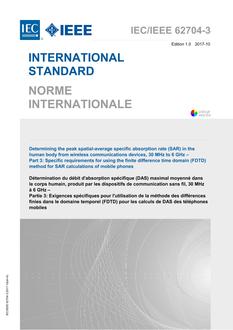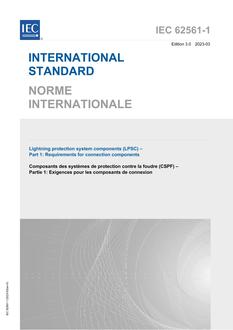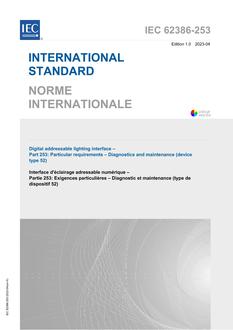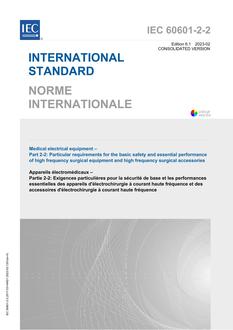This part of IEC/IEEE 62704 defines the concepts, techniques, benchmark phone models, validation procedures, uncertainties and limitations of the finite difference time domain (FDTD) technique when used for determining the peak spatial-average specific absorption rate (SAR) in standardized head and body phantoms exposed to the electromagnetic fields generated by wireless communication devices, in particular pre-compliance assessment of mobile phones, in the frequency range from 30 MHz to 6 GHz. It recommends and provides guidance on the numerical modelling of mobile phones and benchmark results to verify the general approach for the numerical simulations of such devices. It defines acceptable modelling requirements, guidance on meshing and test positions of the mobile phone and the phantom models. This document does not recommend specific SAR limits since these are found in other documents, e.g. IEEE C95.1-2005[1]2 and ICNIRP[2].
Product Details
- Edition:
- 1.0
- Published:
- 10/01/2017
- ISBN(s):
- 9782832247723
- Number of Pages:
- 76
- File Size:
- 1 file , 2.3 MB
- Note:
- This product is unavailable in Belarus, Russia, Ukraine




